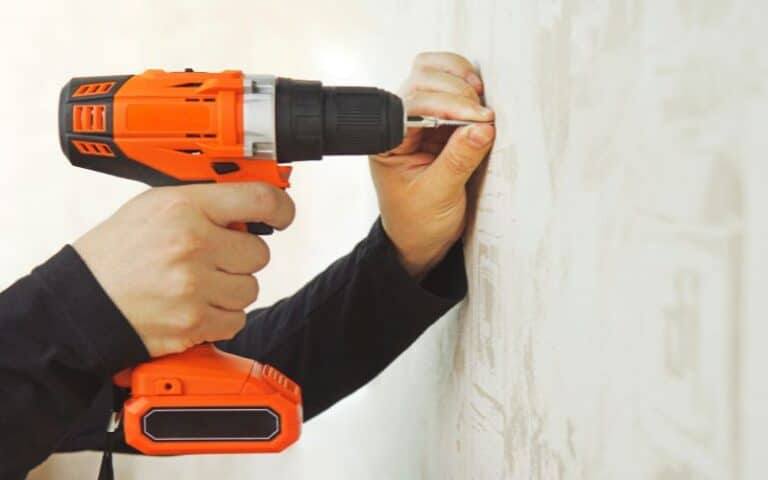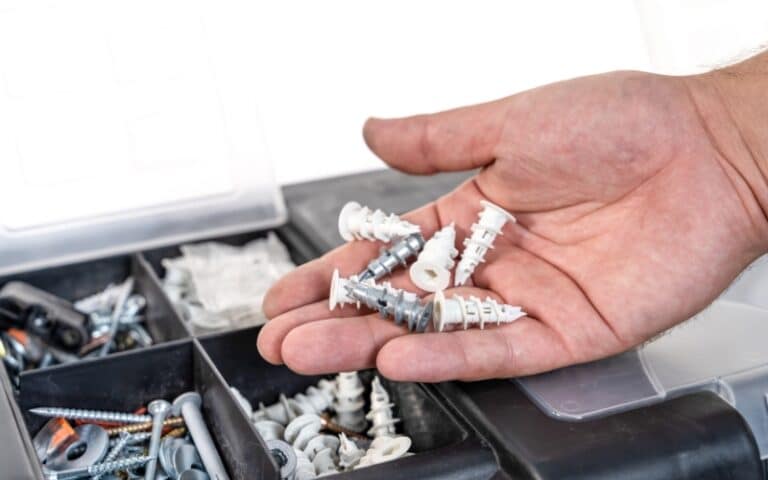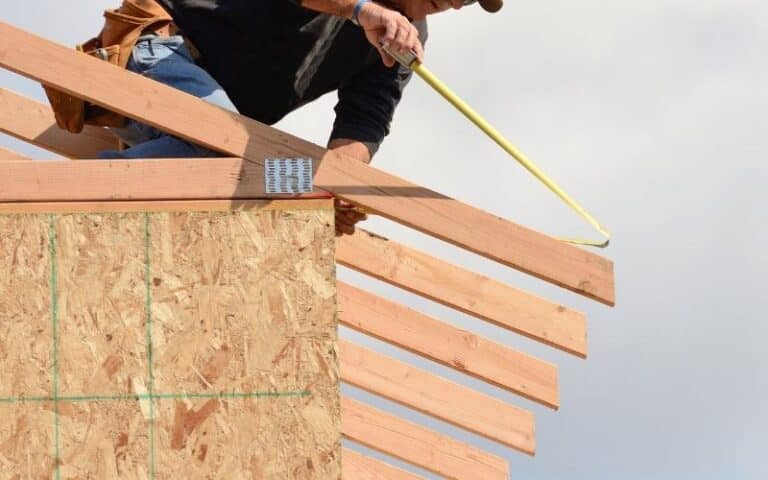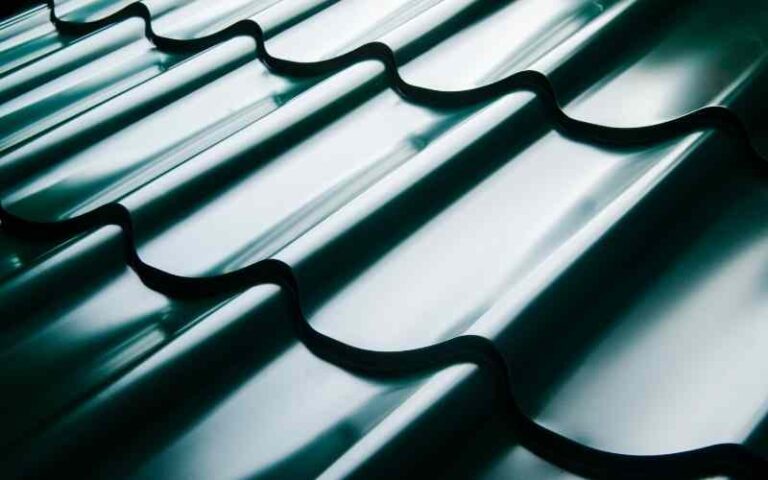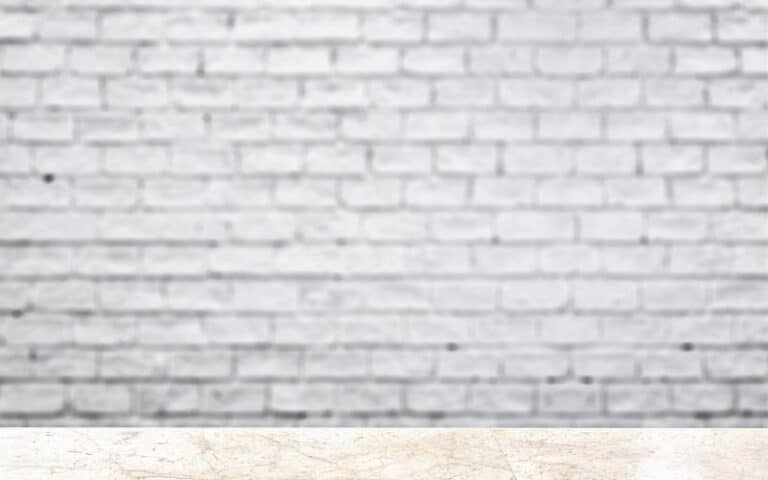Drywalls have many economic values in modern buildings, such as durability and easy and fast installation. But the dust that comes from it after sanding is a hell of a work.
Drywall dust cleaning off a wall is one dirty and annoying job; it sometimes adds to the cost of labor. However, is it necessary to clean drywall dust between coats, or is it’s ok to paint over it?
It’s visible to clean drywall dust between coats if you want a highly smooth finish. You must lightly clean off the dust to remove debris on the wall before adding any coating layer. However, a fast method of cleaning the dust is using water to dampen the dust and vacuum.
Ready for a Roofing Quiz?
Ready for a Drywall Quiz?
Do I Have to Clean Drywall Dust Between Coats?
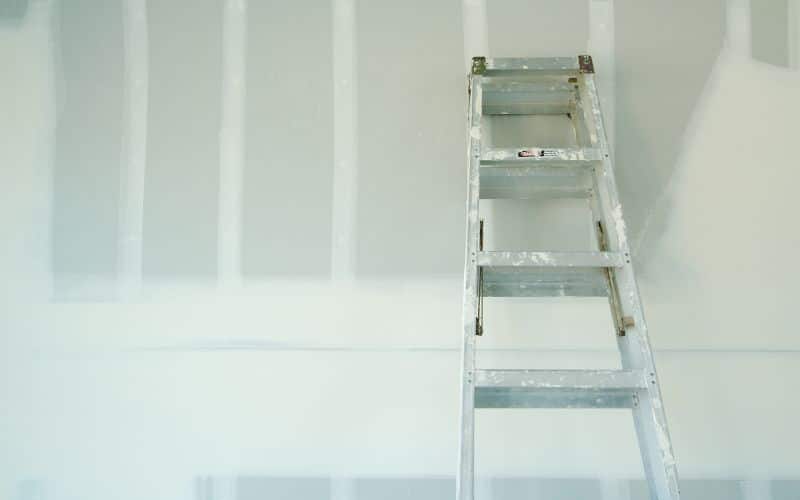
Cleaning off drywall dust depends on preferences. Also, cleaning drywall dust helps to remove debris and excess dust to achieve a smooth finish.
However, you can clean the dust slightly. Essential vacuuming, sweeping, and dusting will be enough for you to add layers of coats without deformities.
You can use a simple cleaning method when cleaning dust in your home. It’s optional to get rid of the dust; besides, you can’t get rid of them all.
Layers of coats on walls are no doubt an essential aspect of building. Also, these coats give the home its appearance. So if something goes wrong in the base stage, everything does too.
How Do I Clean Drywall Dust Between Coats?
You can clean off drywall just off the wall by brushing, vacuuming, or using a damp rag. However, the best way to quickly clean the wall is by using water before cleaning further.
When cleaning drywall dust, finding a better method is almost impossible. But considering the type or state of the wall matters, use a technique that won’t alter the wall.
Also, if you check for the best methods, you will come across two significant ways. One is cleaning with slightly damp cloth material, and the other is repeatedly vacuuming and brushing.
However, the above methods are challenging to implement, especially if you need more strength and patience. But it’s also a standard efficient method that many people use.
Before painting the wall, you should spray water on the walls to eliminate the drywall dust. Water is an excellent method; it saves time and stress and is the best cleaning approach.
You can use your paint sprayer to do the job; ensure the walls are wet but not over-soaked. If you have taped drywall, this method is optional. Paper is terrible with water.
One main advantage of using water is that it helps minimize dust’s spread by keeping it heavy. Drywall dust might be too wild to move around, but it can absorb water quickly.
Sprinkling water keeps the dust down and makes cleaning and painting easy. When the dust gets heavy, you can easily use your vacuum.
However, if you have enough time to clean for a more efficient job, you can combine all the methods.
Since the dust absorbs water faster, you should implement the dry-cleaning methods before using liquids.
The materials you’ll need for cleaning dust off drywall include;
- Microfiber cloth or duster.
- Vacuum cleaner.
- Buckets (two or three).
- Protective wears.
- Cleaning liquid.
Next is a quick guide to follow in cleaning drywall dust successfully.
Step 1: Wear Safety Clothing
Before you start cleaning, protecting yourself is essential. Wear a facemask to cover your mouth and nose and hand gloves to prevent dust from sticking to your hands.
Dust from drywall contains certain substances that can cause some health problems when inhaled in large quantities.
Step 2: Brush and Vacuum the Surfaces
With your brush, vacuum the wall from top to bottom, and move from left to right. Brush lightly and slowly, so you don’t miss any spot. And ensure to sweep the dust off afterward.
Next, you can use your vacuum cleaner to finish off the brushing work. Also, do the vacuuming lightly, from top to bottom. After vacuuming, dispose of the drywall dust.
A vacuum is very effective, especially for tough drywall dust flying around. Another alternative that works with the vacuum is a Swiffer. The Swiffer makes the job easier.
Step 3: Damp Cleaning
Fill a bucket with water; add a cleaning liquid such as dish soap ( you can use only water). This step helps to clean up debris and some dust on the edges.
While using a damp cloth to clean the wall, you should keep it dry. Using water directly on the wall messes it up, and you should avoid pressing the fabric too hard on the wall.
An alternative for a damp cloth is a microfiber cloth or duster to clean the wall. Also, remember to change the water when it gets too thick or murky from the drywall dust.
To complete the cleaning, you should inspect the floors, specifically around the down corners, to ensure there is no dust.
Following the steps above gives you a good clean, but it’s time-consuming and stressful. So the best, fast, and most effective method for cleaning drywall dust is using water.
Related: Drywall Moves When Pushed?
Do I Need to Clean Drywall Dust Before Priming?
Yes, cleaning the drywall dust off helps to ensure safe priming with no problems afterward. However, you can also leave the dust on the wall and apply the primer without difficulty.
Cleaning drywall dust before priming depends; for instance, cleaning isn’t necessary if you have taped drywall. Instead, you can mess up the taped wall and leave your primer unsmooth.
Priming drywall is essential so that you would maintain it. If the priming has a fault, your paintwork will also fail. However, sometimes it’s only advisable to leave drywall dust after priming.
The primer makes the bonding between the wall surface and the paint adhere better and stronger. If you have a failed priming, you will have an inconsistent painting job.
In some rare cases where the dust from sanding the drywall is not much, you can leave the dust and apply the primer.
However, it would help if you used a thicker nap roller like a ¾ nap roller for a refined finish.
The main thing you should have in mind is that if you are going to leave the dust and apply primer directly, the dust should be minimal.
And when the dust is extensive, cleaning is compulsory. Whether cleaning drywall before priming or not depends on the primer you’re using.
The best primer to use is the PVA primer( drywall primer). As the name implies, it’s ideally for drywall.
The contents in a PVA will allow for dust absorption with no problems. Also, you can air clean or brush the wall surface before painting if needed, but it’s not necessary.
Related: How to Install Drywall Around a Water Heater?
Is It Okay to Paint over Drywall Dust?
It’s not ok to paint over drywall dust. For your paintwork to stick to your wall surface, it must be dust free. Although most paints these days bond quickly with any consistency.
But for best results, you should get rid of the drywall dust. However, remember that you shouldn’t use water here because drywall absorbs water. Instead, use a vacuum.
One important fact you should know as a painter is that 80% of painting goes into the preparatory aspect. And applying paint to the wall carries the other 20%.
However, cleaning dust off the drywall should differ from the reason for not using drywall. Below is a table showing some pros and cons of using drywall.
| Pros | Cons |
|---|---|
| They are fast to install. | They come with dust, which can be hard to remove. |
| They are fire resistant. | They are not immune to water. |
| They are cost-effective. | They are not fully durable. |
| They have a good appearance. | They are prone to damage easily. |
Conclusion
Excess dust on your drywall will only make your paint stick to the primer and not the wall. So to be on the safe side, clean before priming to avoid issues like cracks.
Also, don’t scrub hard or let water over soak on the wall. Your cleaning can be imperfect before coating; your aim should be to eliminate excess dust.

